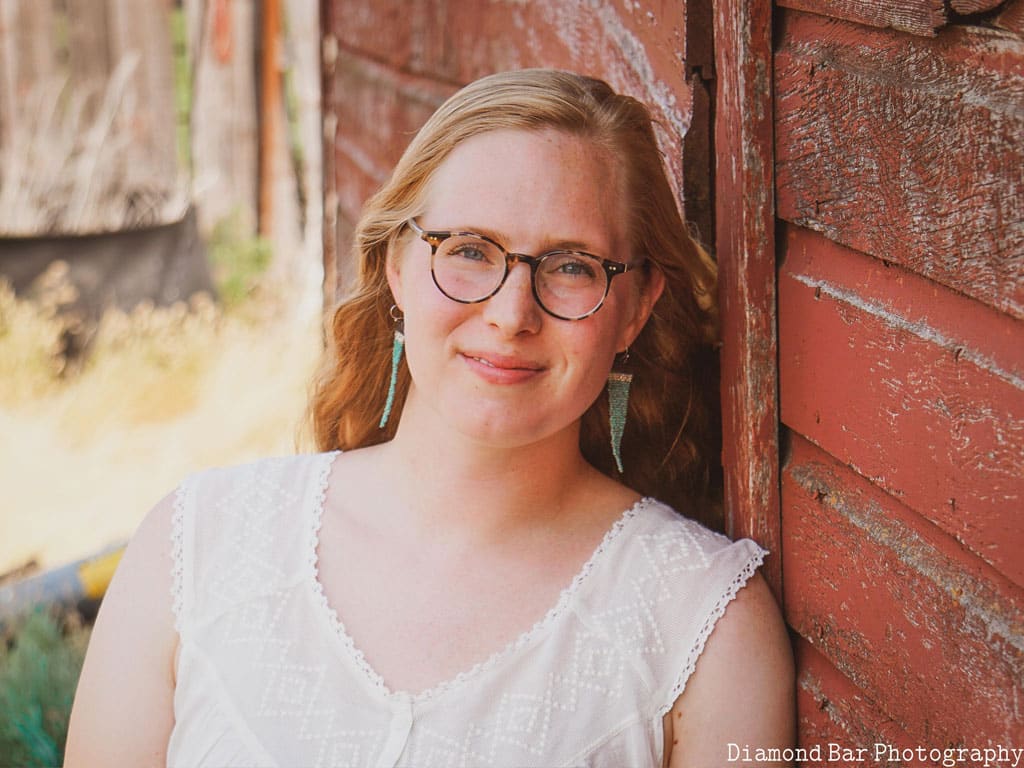Grantee Spotlight
Can you give a brief history of your organization?
The mission of Reframing Rural is to share stories of people and places in rural America in an effort to celebrate culture, preserve history, and cultivate curiosity and conversation across geographic, class and cultural divides. The idea for Reframing Rural started formulating for me around the 2016 election when I saw rural America cast as the place responsible for voting in the most polarizing candidate for presidency in modern history. The term flyover country was swapped for Trump country and a divisive narrative quickly took hold. This narrative came to be a single story that didn’t allow for the nuance and timbre of an individual’s voice or humanity. As I watched this happen, I grieved how rural America was being portrayed, and how people who haven’t experienced rural America would likely perceive people who are my friends, family, and neighbors. My first season, “Coming Home,” shared stories from these people, from my rural homeplace, Dagmar, Montana (five miles from North Dakota and about 50 from Canada). I wanted the first season to be a place where rural Northeastern Montanans could see their stories reflected and where people without any knowledge of the Western high plains could come to know good hardworking people who, like them, just want for their families and communities to be happy and healthy.
Expanding the geographic scope of my stories in season two, “Sowing Possibility,” I seek to shine light on rural activists from the West and Heartland who are working on the ground to rewrite the future of and fight for rural America.
As I’ve written on my website, for those with a rural background, Reframing Rural provides a place where people’s experiences can be validated. For those generationally removed from their rural roots, the initiative inspires curiosity in rural Americans whose stories are not being fully told through election maps or newspaper headlines.
How does season 2 of Reframing Rural differ from season 1?
“Sowing Possibility” grows out of the inaugural season, “Coming Home,” dedicated to my rural homeplace, Dagmar, Montana. The predominantly Scandinavian agricultural community sits on ancestral Assiniboine land in the state’s extreme northeast corner. Part narrative nonfiction, part audio memoir, season one shines light on the hard work and life of Eastern Montana farmers, ranchers, lay ministers, country schoolteachers and professionals working in the oil and gas industry. Season two begins each episode exploring guests’ rural roots and transitions to discussions on social and environmental issues central to each guests’ home communities and their place-based solutions toward collective resilience.
How did you learn about Humanities Montana, and why did you choose to apply for a grant with us?
I loved attending Humanities Montana’s Why It Matters Zoom meetings, especially the “Our Rural/Urban Political Divide” conversation last year. In fact, I use my DIY Humanities Journal to capture ideas for season two and take notes on the recorded conversations that I edit into episodes for this season. I applied for a grant because I thought the work I am doing with Reframing Rural would resonate with Humanities Montana and because I shine light on stories from Eastern Montana.
When I was awarded a grant, I was over the moon excited and honored. As an Eastern Montana country kid, I never would have guessed that I would launch a project that would garner the support of Humanities Montana. I believe in the power of the humanities. I carry my love for Montana wherever I go, and I am grateful for the important impact Humanities Montana makes on Montanans of varying backgrounds and geographies.
For more information about Reframing Rural, you can visit their website or listen to the trailer for season two.




